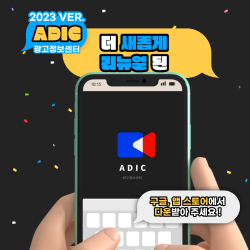- 미디어&마켓 리포트_25년 8월
- [나스미디어]2024년 11월 2025 디지털 미디어 & 마케팅 전망
- 2022 주류 소비 트렌드 리포트
- 2024년 6월 미디어 이슈 리포트
- [인크로스]2025년 1월 미디어 이슈 리포트
- 기아차 SOUL의 혁신적인 제품전략 -소비자의 soul을 움직이다-
- [2025년 7월] 2025 상반기 디지털 미디어 & 마케팅 결산
- [플레이디] 2025 광고·마케팅 트렌드 전망 리포트
- [메조미디어] 2024 업종 분석 리포트 02. 화장품
- [나스미디어] 2024년 11월 Meta 협력광고, 이커머스 시장의 게임 체인저
Understanding Chinese Tourists' Intention to Visit Eco-friendly Pop-Up Stores : Roles of Perceived Values, Eco-consciousness, and FOMO
자료요약
Post-COVID-19, eco-friendly pop-up stores have emerged as a dynamic and experiential extension of outdoor advertising, capturing the attention of global consumers, including Chinese tourists. While these short-term retail spaces effectively communicate brand values, they also raise environmental concerns, underscoring the need for ESG-aligned solutions. This study applies the S-O-R theory to investigate the characteristics of pop-up store, their perceived eco-friendly attributes, and their impact on perceived value, eco-consciousness, and the intention to visit. Based on a survey of 244 Chinese tourists with experience traveling to Korea, the findings reveal that pop-up store characteristics and eco-friendly attributes significantly enhance perceived emotional and social value. In turn, perceived value positively influences both eco-consciousness and visit intention. Eco-consciousness further serves as a partial mediator between perceived value and visit intention, while FOMO (Fear of Missing Out) moderates this relationship, amplifying the influence of perceived value on behavioral intent. These results highlight the potential of eco-friendly pop-up stores as a sustainable outdoor advertising strategy, leveraging unique and engaging consumer experiences to drive visitation. This study offers actionable insights for aligning pop-up store marketing with environmental objectives and enhancing their role as interactive, sustainable platforms for global consumer engagement.
목차
Ⅰ. Introduction
Ⅱ. Literature Review
Ⅲ. Methodology
Ⅳ. Results
Ⅴ. Discussion and Conclusions
References
Ⅱ. Literature Review
Ⅲ. Methodology
Ⅳ. Results
Ⅴ. Discussion and Conclusions
References
#eco-friendly pop-up store #perceived values #outdoor advertising #eco-friendly consciousness #FOMO #S-O-R model











